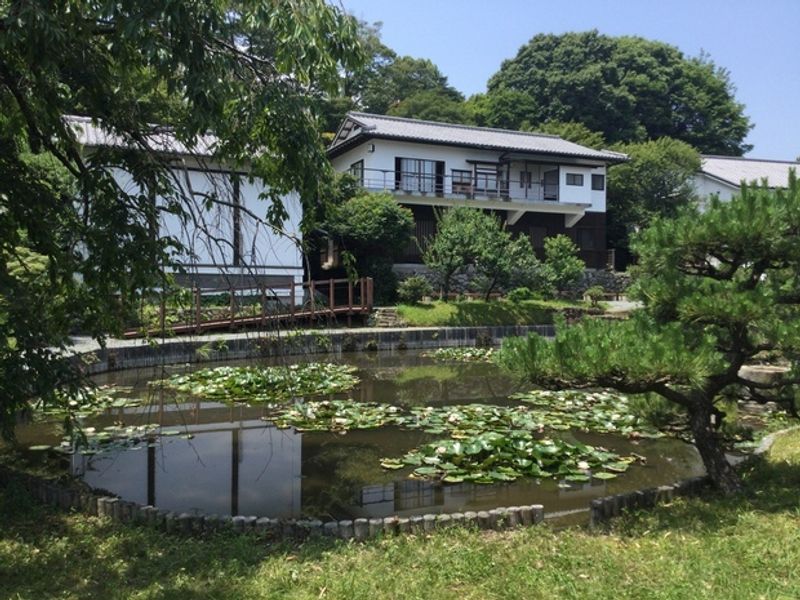Jul 6, 2023
How to delve deep into travel spots
For a weekend getaway in June, I pondered where I could have a relaxing, relatively uncrowded, and enriching experience. Somewhere I haven’t been before to break out of my habits, too. I settled on Odawara City for a two-day trip.
I like to plan my own itineraries rather than depend on tours. My research in English turned up JNTO’s Odawara area page. Other than the castle, a children’s play park, and an observatory with a view, it directs visitors to nearby Hakone and Kamakura. The official guide to Odawara is lovely and highlights experiences, tours, shopping, and dining, and of course, the castle, but doesn’t have much detail.
So what’s really there on the ground besides the castle and food? What I learned is that you shouldn’t count on English-language websites. The marketing for these kinds of promotions is aimed at inbound travelers. The English language PR usually paints a region or city in broad strokes - the natural beauty, famous attractions, bustling districts, and local cuisine.

A highlight of my Odawara trip isn't promoted much to inbound travelers - Matsunaga Memorial Hall
I’m not knocking the attractive and informative prefecture travel information portals. One of the best I’ve seen is Ehime Prefecture which provides bird's eye and granular views to pique your interest. And then there are the two metropolitan hubs with rich and detailed information. Check out Go Tokyo and Osaka Info before you visit.
But smaller cities don’t have much English language information. So here are my strategies for delving deep.
Google Maps hit and miss
So I looked up Odawara City on Google Maps and estimated some walking route times between the castle, my accommodation, and the historic villas and gardens I spotted dotting the area. While this method can turn up some hidden gems, you have to be a bit cautious with place names. Well-meaning netizens have contributed English place names to some map pins, but they may be garbled by machine translation. I suggest that, if you see an English location name that looks odd, copy and paste it into Wikipedia. Most Japanese language Wikipedia entries have the hiragana for famous figures and historic places.
In Japanese, Please
I’m at ease with communication in Japanese, but my literacy isn’t the best. Even if kanji baffles you, I suggest you look up 観光協会 kankou kyoukai, tourism association, for the city or region you’re planning to visit. The contrast between the Odawara official guide in English and the city’s tourism website in Japanese is startling. The Japanese page lists dozens of fascinating spots and illuminates the local history.
And no surprise, at Odawara Station while there were dozens of foreign tourists on their way to Hakone, and just a few hundred meters outside the station exit, nearly no inbound tourists. On the walking route between the villas and museums, I stopped and chatted with locals and visitors from other regions.
Which off-the-beaten-path spots do you recommend in the Kanto area?



0 Comments